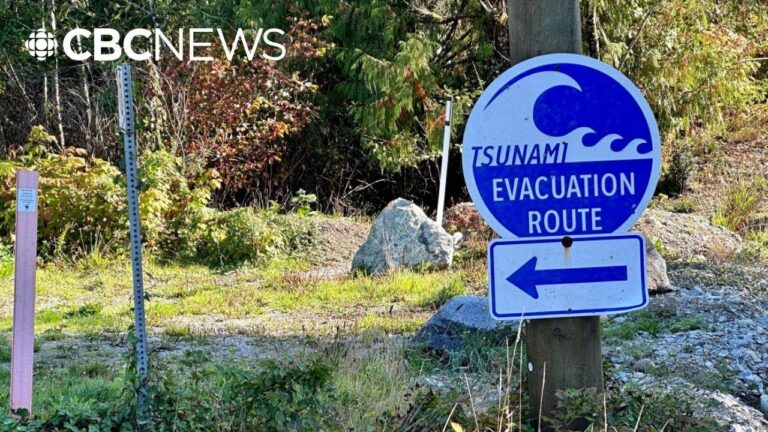Authorities in several South American countries have issued tsunami evacuation orders following a massive earthquake off the Pacific coast, triggering widespread alerts and emergency responses across the region. While coastal communities in nations such as Chile and Peru brace for potential waves, officials in the United States report that the greatest threat has now passed after the powerful tremor. The earthquake, one of the strongest in recent years, has set off a race against time as authorities work to safeguard vulnerable populations from the looming threat of tsunami inundation.
Tsunami Evacuations Prompted Across South America Following Massive Earthquake
Authorities across several South American coastal regions swiftly issued tsunami evacuation orders following a powerful earthquake that rattled the ocean floor near the Pacific Rim. Emergency services mobilized to move thousands of residents from vulnerable low-lying areas to safer, elevated zones as precautionary measures were enforced. Key affected countries include Chile, Peru, and Ecuador, where local governments activated emergency protocols and urged citizens to remain vigilant. Meanwhile, maritime activities along the western coast were suspended amid fears of devastating wave surges and potential infrastructure damage.
Emergency Response Highlights:
- Rapid deployment of evacuation centers equipped with basic necessities
- Continuous tsunami monitoring by regional seismic networks
- Public announcements urging residents to avoid coastal areas
- Coordination between national and local disaster management agencies
| Country | Evacuation Zones | Current Alert Level | |||||||||||||||||||||||||||||||||
|---|---|---|---|---|---|---|---|---|---|---|---|---|---|---|---|---|---|---|---|---|---|---|---|---|---|---|---|---|---|---|---|---|---|---|---|
| Chile | Coastal cities along ValparaĂso and BiobĂo | High | |||||||||||||||||||||||||||||||||
| Peru | Northern Pacific coast, Piura region | Moderate | |||||||||||||||||||||||||||||||||
| Ecuador | Guayaquil and surrounding coastal areas |
| Country | Evacuation Zones | Current Alert Level | ||||||||||||||||||||||
|---|---|---|---|---|---|---|---|---|---|---|---|---|---|---|---|---|---|---|---|---|---|---|---|---|
| Chile | Coastal cities along ValparaĂso and BiobĂo | High | ||||||||||||||||||||||
| Peru | Northern Pacific coast, Piura region | Moderate | ||||||||||||||||||||||
| US Authorities Monitor Aftershocks as Tsunami Threat Diminishes Domestically
Following a powerful earthquake that sent shockwaves across the Pacific, US officials continue to keep a close watch on seismic activity, ensuring readiness for any potential aftershocks. While the initial tsunami threat within US territories has notably receded, agencies emphasize vigilance. Coastal communities, particularly in Alaska and the West Coast, remain on alert as aftershocks could trigger localized disturbances, although the likelihood of widespread damage is currently low. Key points from authorities include:
Emergency Officials Urge Coastal Residents to Follow Safety Protocols and Stay InformedEmergency response teams along the South American coastline have mobilized swiftly following the massive earthquake, urging residents to adhere strictly to evacuation orders and safety protocols. Coastal authorities emphasize the critical importance of moving to higher ground immediately and avoiding low-lying beach areas until official all-clear signals are given. Communication channels remain active, with updates broadcasted via radio, social media, and emergency alert systems to ensure timely dissemination of vital information. To assist residents in navigating the rapidly changing situation, officials have outlined key safety steps to follow:
The ConclusionAs authorities across South America initiate widespread tsunami evacuations in the wake of the massive earthquake, officials in the United States have indicated that the most severe threat has likely passed. Emergency response teams remain on high alert, continuing to monitor seismic activity and ocean conditions closely. Residents in affected regions are urged to stay informed through official channels and adhere to safety precautions as recovery efforts begin. The situation remains fluid, with agencies prepared to respond swiftly should conditions change. |




